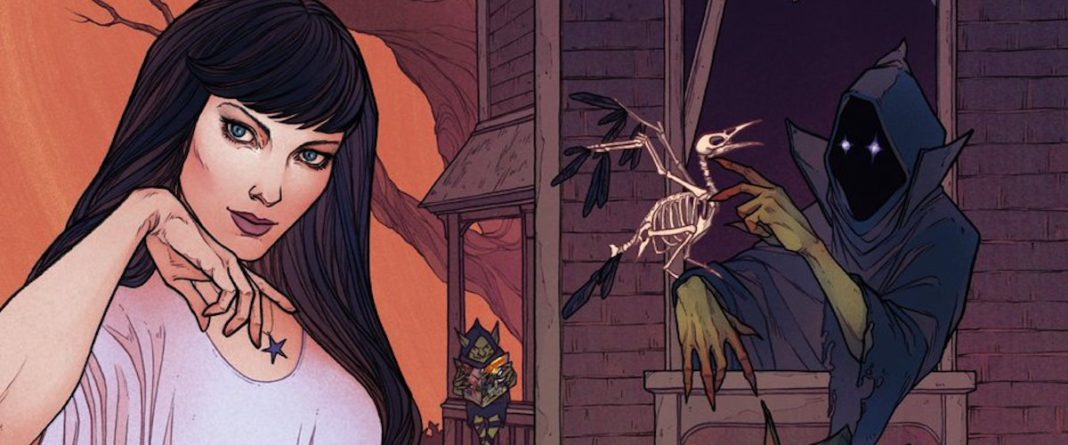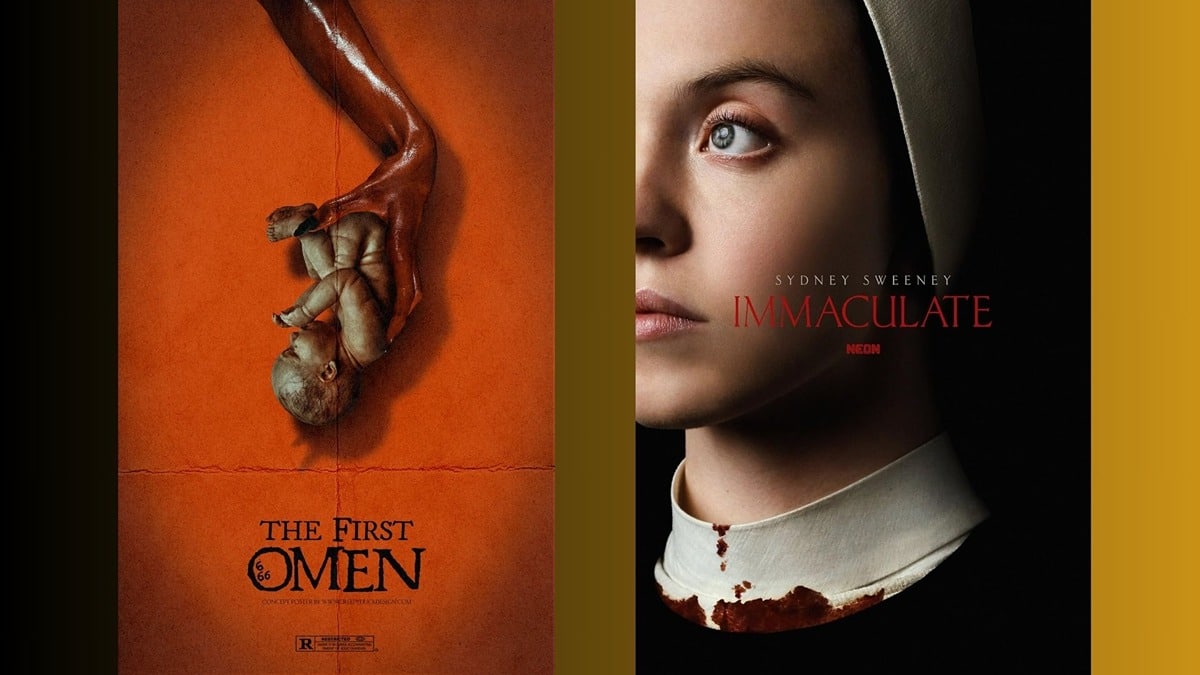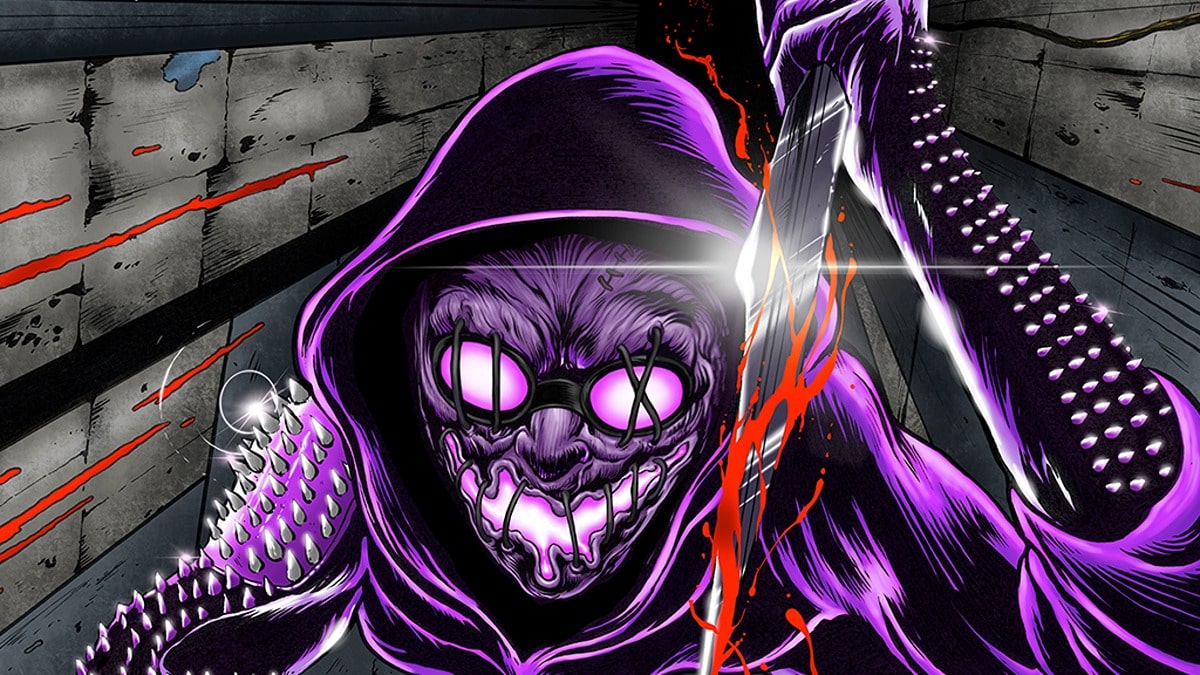By Chloe Maveal
For the second year in a row, 2000AD came out in full force with a discussion on classic British comics on the Friday of San Diego Comic-Con. This time with a delightful twist: the entire panel, aptly titled “Women Love Horror,” was focused around women in horror fandoms and the children’s horror comics that have been revitalized by 2000AD. While Misty, Jinty, and Tammy stories haven’t seen the light of print for decades, it was easy to see why the short comics are still more relevant and inclusive than ever.
The panel was headed up by comic journalist and creator Rosie Knight, followed by pop culture critics Joelle Monique and Jazmine Joyner, as well as NPR All Things Considered producer Mallory Yu. Last to sit on the panel was 2000AD’s publicist Mike Molcher (who jokingly remarked that he was the “unnecessary white man on the panel” as he sat down).
It was clear that Knight’s title for the panel, “It is women who love horror” (a famous Bela Lugosi quote) was entirely appropriate for the lineup of panelists as they delved into why they have been attracted to horror as a genre. It’s not surprise that each panelist seemed to have a unique story relating to movies, but never really finding fear in them; instead finding a quick scare which only lead to further curiosity even at a young age. Apparently the comic creators of the 1970’s could completely understand that sentiment because when Knight began asking what the panelist’s reactions to the classic children’s horror comics were, they were all too excited to be able to talk about them.
The obvious favorite among the panelists seemed to be a Jinty story called The Land of No Tears; the premise of which involves a society where negative emotions are something immediately punishable with the use of old-fashioned, schoolmarm techniques such as excessive hand scrubbing or face slapping. The only difference with mainstream horror is that the comics preferred women dealing with other women rather than the tragic brutalization archetype that so many young women in horror seem to have to fit into.
“These comics, especially, were things that girls are afraid of — especially young, adolescent girls. Like the fear of being bullied or not being perfect or the fear of failing and not being enough. It’s all stuff that we all think about put under a magnifying glass but in a beautiful way,” said Monique. “You take the premise of The Land of No Tears and then you add puberty to all of that and it creates a great pyramid of tension and chaos and anger for the character that a lot of girls have to deal with.”
Yu seemed to share the same sentiment towards another title called The Sentinels [by Malcom Shaw], explaining further how the comics of this decade did an exceptional job of stemming the scares within the pages from the very real horrors that society tends to (still) put on young women.
“In The Sentinels there’s this family that has to go and live in this building where people have disappeared before. The girl keeps saying that something is wrong and they need to leave but the parents continue to dismiss her as having too much of an imagination. But then major shit goes down and it was her that knew the whole time,” said Yu. “I think it’s great with these comics that it’s the kids who are powerless that end being the only ones who can stop it. I love that these girls get a chance to show their power.”
“I love that they’re preteens but they grow and aren’t afraid of their power. All of the girls get to take ownership of the strange situations,” echoed Joyner.
Power from the female characters seemed to be a very strong theme for all involved; as well as the idea proposed by Knight that maybe it was just better when publishers treated children like they were an intelligent audience.
“You don’t see short saga-like stories very often in children’s comics anymore. They really were saying that their young audience deserved the choice to be scared but were also smart enough to find satisfaction in being scared.”
While the specific brand of horror is enough to draw any audience in as-is the history of how the comics were made are where the real close look into how we view children’s comics begins.
The comics came back to 2000AD through the archive of IPC in London — one of the major houses that dominated British comics throughout the 1970s and 1980s alongside Scottish publishing company DC Thompson who released titles such as The Beano and Dandy.. but even back then publishers weren’t so limited with their genres as they were now.
“I remember in the mid-80’s the shelves were completely stuffed with comics form every permutations. Girls comics, humor comics, sci-fi, horror…you name it and it was there; so we acquired the archive from [The] Egmont [Group] who own IPC content as of a few years ago and we’re trying to bring them out in a timely manner. We’re spoiled for choice to be honest,” said Molcher excitedly. “One of the pleasures of reading this stuff even now is how grounded and working-class these stories are.”
And if it’s one thing that British comics really love(d) it was the story about being a part of the working class. Luckily for the publishers, horror lended itself really nicely to the idea of “otherness” in such a way that many of the comics pushed past the genre of horror and melded with the idea of class warfare being a part of everyday fears.
“You just didn’t see working class stories about women,” Joyner remarked. “But if you can infuse that cultural aspect into horror, that just makes it all the more terrifying because you can connect on a deeper level with it. I mean, in The Land of No Tears they have to compete for a “Good Girl statue” to prove that they’re better than the rest. It’s all a commentary on bringing yourself up from the bottom so that people will believe you’re good enough so that YOU can believe you’re good enough.”
“Absolutely,” agreed Malory. “I mean, being a kid — especially one assigned female at birth— there are so many pressures on you growing up. As a little girl you have no voice and you’re constantly being told that you have to measure up and being quiet and be modest and then you have to deal with all of the pressures of where you come from. What’s so great about these comics is that they take the horror very seriously and basically say that it’s okay for you to be scared and upset by society’s dismissal.”
It’s not ALL serious, obviously. 2000AD isn’t exactly known for being outside the realm of tongue-in-cheek humor and the razzing of a satirical jab, and so the uniqueness of these classic comics was found in their gleefulness alongside the fear. While America was offering titles along the same lines as Betty and Veronica for little girls that were catty, fun, and sweet at times, the thing about the comics published in the UK was the understanding that being an adolescent girl meant maintaining that token innocence…but not without portraying the grit that goes along with it.
“A lot of times in books and comics there seems to be the idea that revenge is something terribly bad or will be something that will make you worse or just make you more embarrassed. So how does the idea of these young girls taking revenge on people who have wronged them make you feel?” asked Knight before responding herself. “I feel like there’s a freedom to it. They’re short stories and they’re one-off stories so you kind of get a Twilight Zone experience of, ‘Oh okay this isn’t going to carry over.’”
“It’s just so satisfying,” agreed Yu. “I really liked with [Moonchild] that this mousey kid thats being bullied for no reason other than she’s quiet and shy. She doesn’t understand why and just wants to be their friend because they seem cool. But when they push things too far theres this catharsis of her coming into her own and being like “I’m going to make you pay!”
“Exactly,” said Knight. “This book feels like it represents experiences that I had when I was a kid within the idea of this is how you have to behave and this is what you are and being able to push back.”
“They just feel very familiar to read,” replied Yu.
“I think that was ultimately what makes these so special,” concluded Knight. “You can show them to anyone and they just…work.”
All of the Misty, Jinty, and Tammy stories mentioned in this report are available for purchase at the 2000AD web store along with their full catalog. Stay tuned for more classic releases.








Inclusive by excluding men. Lesbians.
Comments are closed.